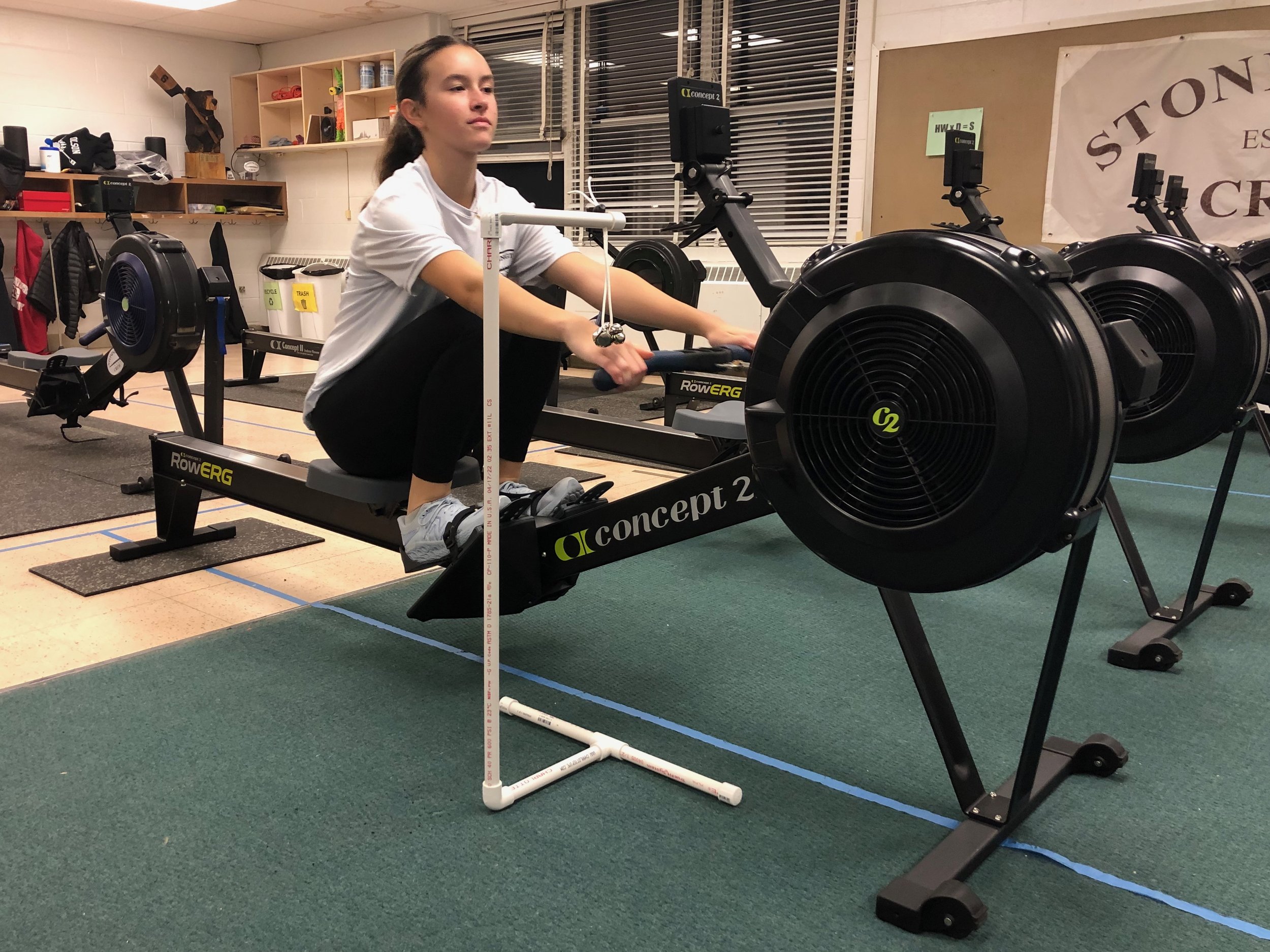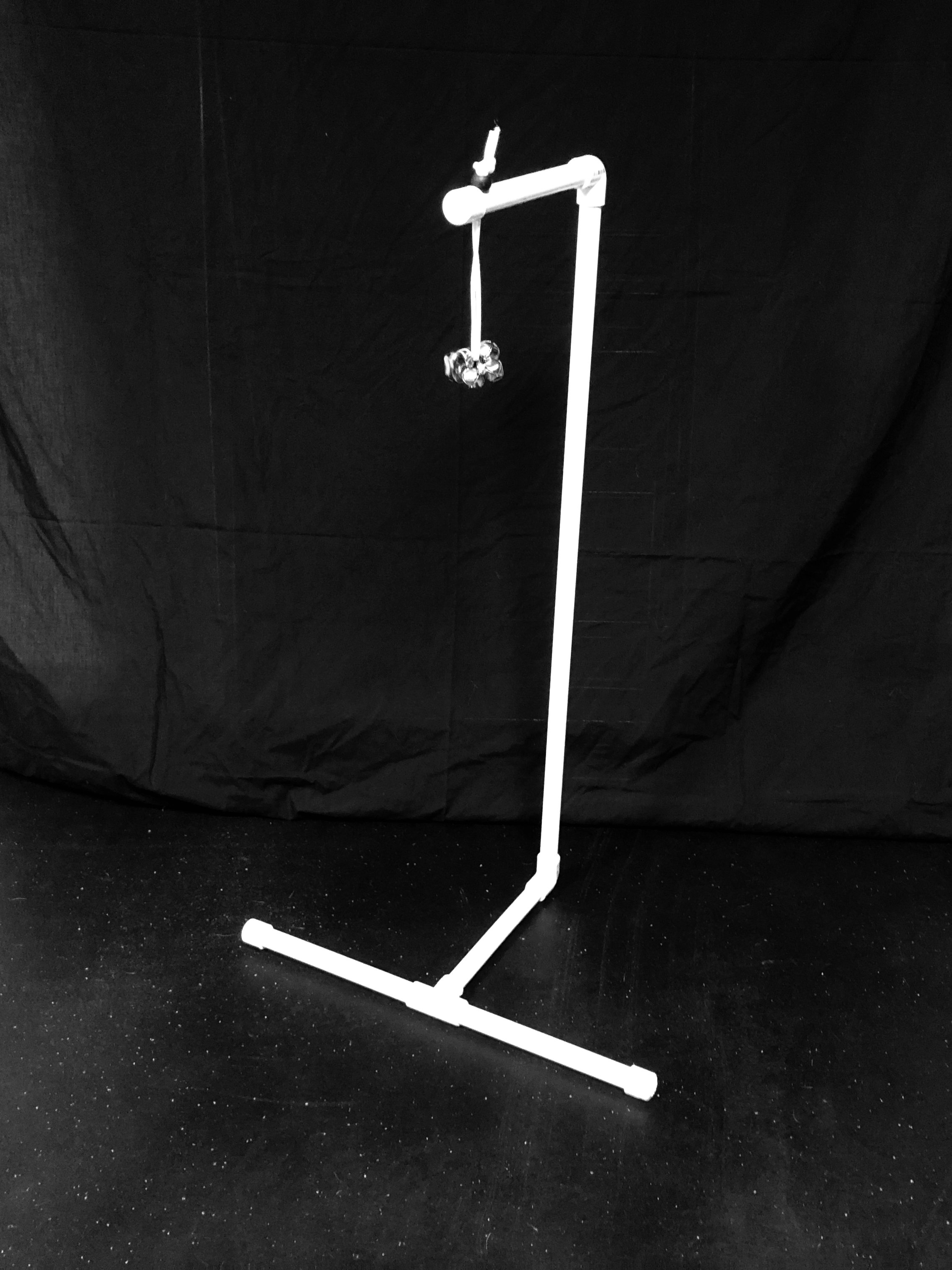How to Set Catch Angles: Start at the Finish
John Thornell
Excerpts of a conversation with Tom Siddall, Harvard Heavyweight Assistant Coach, USRowing Para High-Performance Coach & Boston Training Center Coordinator
Setting catch angles depends on the boat and the athlete. For example, I have used different angles for this year’s PR3 National Team four compared to Harvard eights, which were also different from eights at Tufts and the U19 National Team/ODP system. At a minimum, I target a 54° catch angle. Often, people don’t realize how far the oar has to go to achieve that angle relative to the pin—it may require moving the rigger. As a quick shout out, I owe a lot of my knowledge here to Eric Gehrke and many others!
For me, it also depends on the time of year. The approach changes based on the group and other factors, but early in the season I often start at the back end of the stroke. Initially, I don’t worry about the catch side of things. As we go through the season, I set catch angles and change the rigging to achieve desired catch and finish angles (30° or more) based on factors like the boat speed, watts, and drive time.
Early in the season, it can be a tremendous load on rowers’ bodies to start rowing at, say, a 56° catch angle. This is especially true if they’re not taking the catch correctly or taking it too hard, too fast, or too early. I’ve found that by getting the back end right, crews develop a nice motion off the back that we can build on. Everyone lets go of the water at the same time, in the same way. The boat runs a little bit. Once I see this, I set catch angles and make individual adjustments.
This approach seems to be a confidence-builder for crews and helps us get it right at the right time of the season.
Coaches are often looking for a change at some point during the year. They’re looking for an effect. Looking to take a step in the right direction. Sometimes I’ve used catch angles to produce that effect—and to get athletes to think about it.
When I feel like something is a little off, I will check catch angles. Crews may be working hard and hitting the right rates, but their splits are just a second or two off where they should be. I then check catch angles to see if we can find a little something more by getting everyone lined up a little bit tighter. Usually, there’s not a glaring issue, like everyone getting stuck at the finish or skying the blade, that makes me check angles. It’s just a way to get everyone a bit more aligned.
When I set the angles, athletes will notice the pickup and heavier load around the front end. This is often when I’m transitioning from a back-end focused stroke to a front-end focused stroke. When we do start working on the front, we’re all at the same angle.






